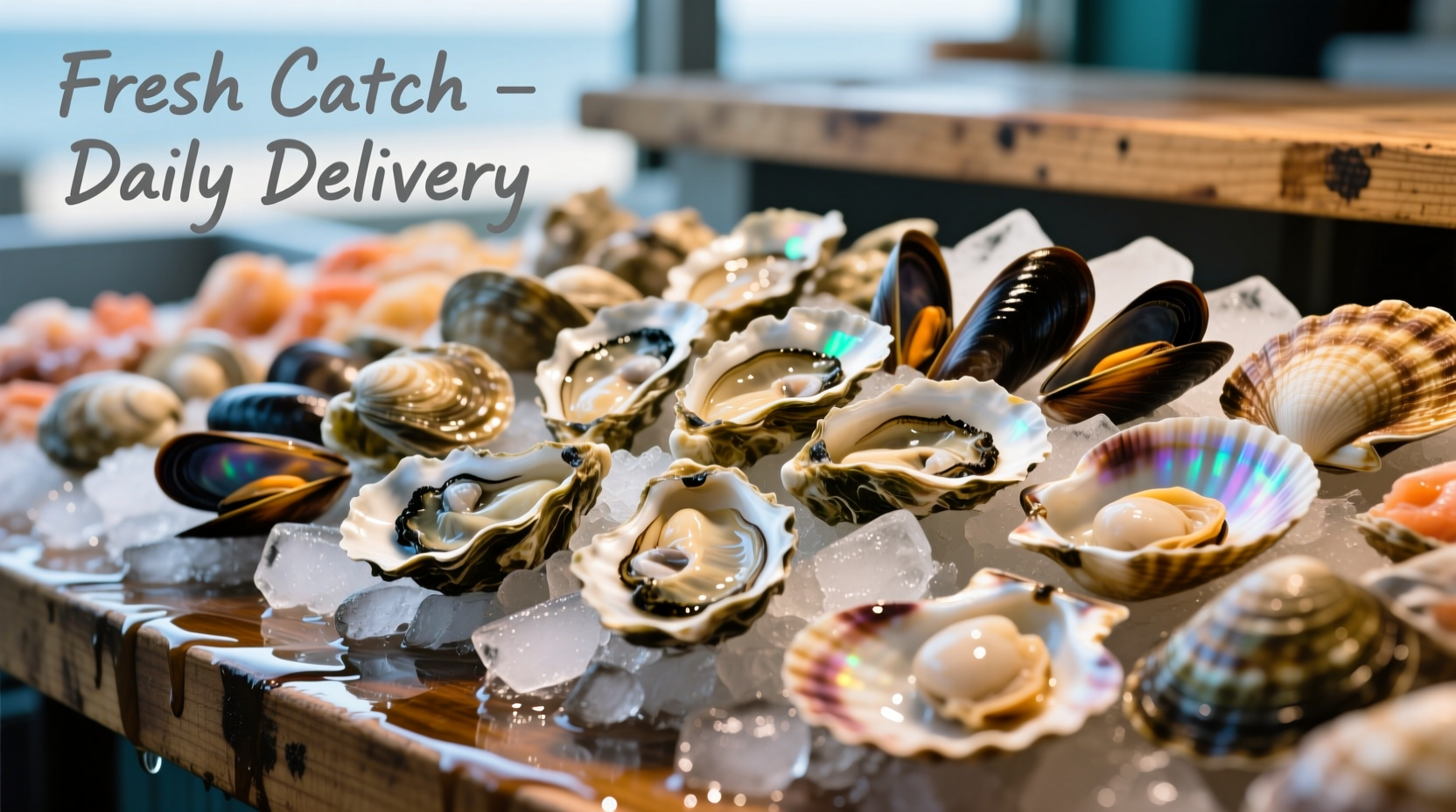Understanding Shellfish: More Than Just Seafood
When you're exploring what are shellfish foods, you're entering a diverse world of marine creatures that play significant roles in global cuisines and nutrition. Unlike finfish, shellfish belong to different biological classifications but share the common characteristic of having external skeletons or shells.
Crustaceans vs. Mollusks: The Two Main Categories
Understanding the distinction between these two categories helps when identifying shellfish food types at markets or on menus. This classification isn't just scientific—it affects flavor profiles, cooking methods, and even allergy concerns.
| Category | Key Characteristics | Common Examples | Allergen Risk Level |
|---|---|---|---|
| Crustaceans | Jointed legs, segmented bodies, hard exoskeletons | Shrimp, lobster, crab, crayfish | High (80% of shellfish allergies) |
| Mollusks | Soft bodies, often with protective shells | Clams, oysters, mussels, scallops, squid, octopus | Moderate (20% of shellfish allergies) |
Your Complete Guide to Common Shellfish Foods
Crustaceans: The Popular Shellfish Choices
When most people think of shellfish food examples, crustaceans often come to mind first. These creatures feature prominently in seafood restaurants worldwide:
- Shrimp: The most consumed shellfish globally, with Americans eating approximately 4.6 pounds per capita annually according to NOAA fisheries data
- Lobster: Considered a delicacy, with Maine lobster representing a $1.3 billion industry in the United States
- Crab: Blue crab, Dungeness, and king crab represent major commercial species with distinct flavor profiles
- Crayfish: Often called "freshwater lobsters," particularly popular in Louisiana cuisine

Mollusks: The Diverse Shellfish Family
Mollusks represent the larger category of shellfish foods, with significant nutritional and culinary diversity:
Bivalves
Clams, oysters, mussels, and scallops filter water through their bodies, making them excellent indicators of water quality. The FDA reports that properly handled bivalves are safe for consumption, though raw consumption carries higher risk.
Cephalopods
Squid, octopus, and cuttlefish offer unique textures and are staples in Mediterranean and Asian cuisines. Unlike crustaceans, cephalopods don't typically trigger the same allergic reactions, making them potential alternatives for some with shellfish allergies.
Nutritional Powerhouses with Important Considerations
Shellfish foods deliver exceptional nutritional benefits but require awareness of potential concerns:
Nutritional Profile Highlights
According to USDA FoodData Central, a 3-ounce serving of cooked shrimp provides:
- 80% of the daily value for selenium
- 50% of vitamin B12 requirements
- Approximately 20 grams of high-quality protein
- Significant omega-3 fatty acids (though less than fatty fish like salmon)
Allergy Awareness: A Critical Consideration
The American College of Allergy, Asthma, and Immunology reports that shellfish allergy affects approximately 2.3% of the U.S. population, making it the most common food allergy among adults. Unlike some childhood allergies, shellfish allergies typically develop in adulthood and are usually lifelong.
It's crucial to understand that crustacean and mollusk allergies don't always overlap. Someone allergic to shrimp might tolerate clams, though cross-contamination remains a serious concern. Always consult an allergist for personalized guidance rather than self-diagnosing.
Sustainable Shellfish Consumption Practices
As you explore different types of shellfish foods, consider environmental impact. The Monterey Bay Aquarium's Seafood Watch program notes that many bivalves (clams, oysters, mussels) represent some of the most sustainable seafood choices because they:
- Require no feed (they filter naturally occurring plankton)
- Improve water quality through their filtering activity
- Can be farmed without habitat destruction
Conversely, some crustacean fisheries face sustainability challenges. When selecting shellfish foods, look for certifications like MSC (Marine Stewardship Council) or BAP (Best Aquaculture Practices) to ensure responsible sourcing.
Practical Tips for Incorporating Shellfish Into Your Diet
Whether you're new to shellfish or expanding your culinary repertoire, these evidence-based recommendations can help:
- Start with milder options: If you're new to shellfish, begin with sweeter varieties like scallops or lobster before trying stronger-flavored options
- Proper storage is crucial: Keep shellfish on ice at 32-34°F and consume within 1-2 days of purchase for optimal freshness and safety
- Cooking temperatures matter: The FDA recommends cooking shellfish to an internal temperature of 145°F (63°C) or until the flesh is opaque and flakes easily
- Consider mercury levels: Unlike some finfish, most shellfish contain minimal mercury, making them safer for frequent consumption











 浙公网安备
33010002000092号
浙公网安备
33010002000092号 浙B2-20120091-4
浙B2-20120091-4